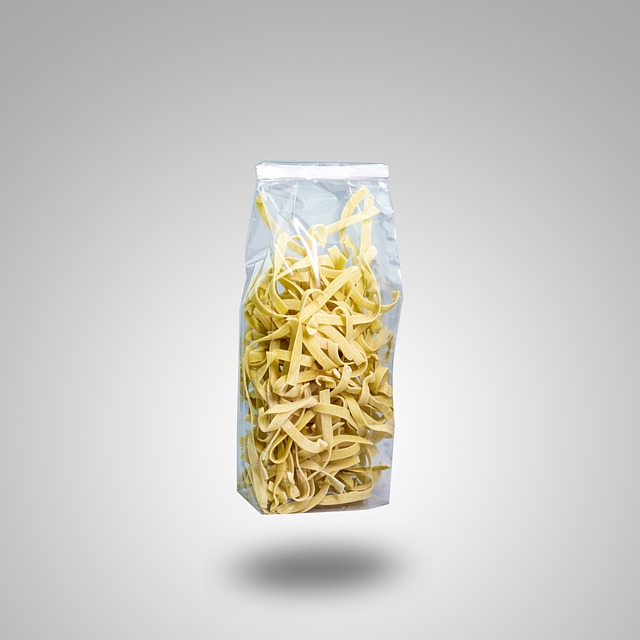
Freezing Food in Plastic Containers
Introduction
Freezing food is a common practice that helps preserve freshness and extend shelf life. However, the choice of storage containers can significantly impact food safety and quality. This article explores the implications of using plastic containers for freezing food, focusing on safety, types of plastics, and best practices.
Understanding Plastic Containers
Plastic containers are made from various materials, each with distinct properties. The most common types include:
- Polyethylene: Often used in freezer bags, this plastic is generally safe for freezing.
- Polypropylene: Commonly found in food storage containers, it is also suitable for freezing.
- Polycarbonate: Sometimes used in reusable containers and water bottles, this type can pose risks if it contains BPA.
Each type of plastic has its own temperature tolerance and chemical stability. Understanding these differences is crucial for safe food storage.
Concerns About Chemical Leaching
One of the primary concerns with freezing food in plastic containers is the potential for chemicals to leach into the food. Chemicals like bisphenol A (BPA) and phthalates have been linked to various health issues. However, not all plastics contain these substances, and many manufacturers now produce BPA-free options.
When plastic containers are exposed to extreme temperatures, such as those found in freezers, the risk of leaching can increase. It is essential to choose containers specifically labeled as freezer-safe to minimize this risk.
Best Practices for Freezing Food in Plastic Containers
To ensure food safety and quality while freezing, consider the following best practices:
- Select the Right Containers: Use containers specifically designed for freezing. Look for labels indicating they are freezer-safe.
- Avoid Overfilling: Leave space in containers for food expansion as it freezes. This prevents cracks and leaks.
- Seal Properly: Ensure that containers are tightly sealed to prevent air exposure, which can lead to freezer burn.
- Label and Date: Clearly label containers with contents and freezing dates to keep track of freshness.
Conclusion
Freezing food in plastic containers can be safe and effective if done correctly. By understanding the types of plastics, being aware of potential chemical leaching, and following best practices, individuals can preserve their food without compromising safety. Always prioritize using quality containers designed for freezing to ensure the best results.

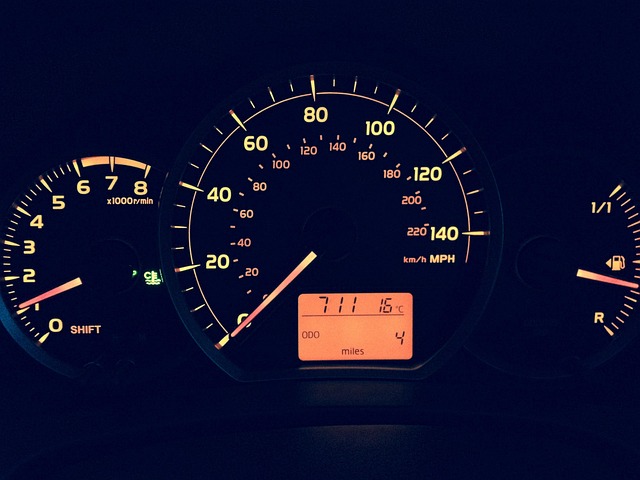
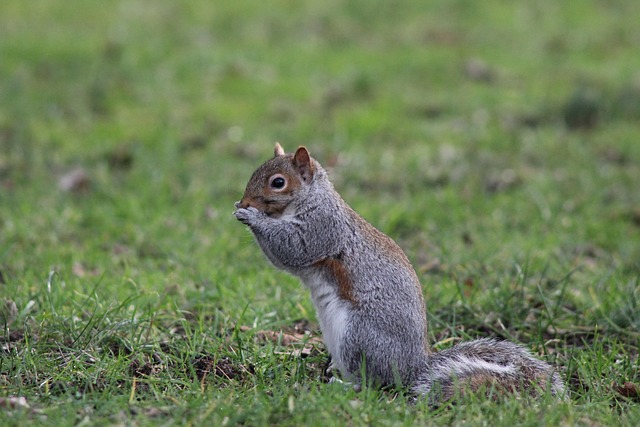







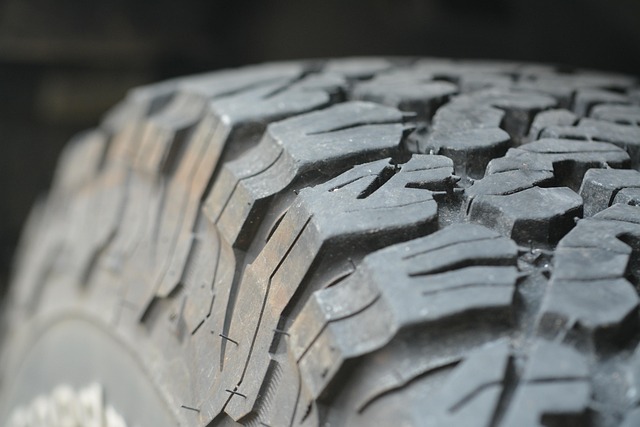


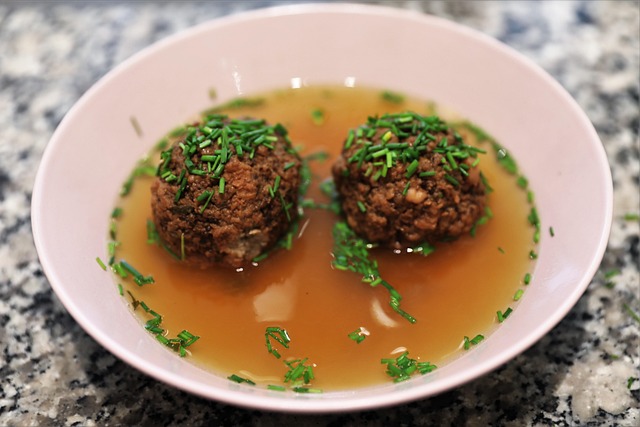


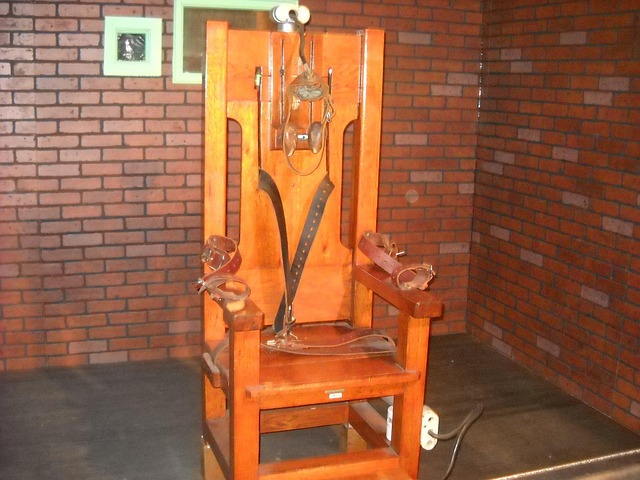
 Crime Reports by Zip Code
Crime Reports by Zip Code 
 Health
Health  Fitness
Fitness  Lifestyle
Lifestyle  Tech
Tech  Travel
Travel  Food
Food  Education
Education  Parenting
Parenting  Career & Work
Career & Work  Hobbies
Hobbies  Wellness
Wellness  Beauty
Beauty  Cars
Cars  Art
Art  Science
Science  Culture
Culture  Books
Books  Music
Music  Movies
Movies  Gaming
Gaming  Sports
Sports  Nature
Nature  Home & Garden
Home & Garden  Business & Finance
Business & Finance  Relationships
Relationships  Pets
Pets  Shopping
Shopping  Mindset & Inspiration
Mindset & Inspiration  Environment
Environment  Gadgets
Gadgets  Politics
Politics 